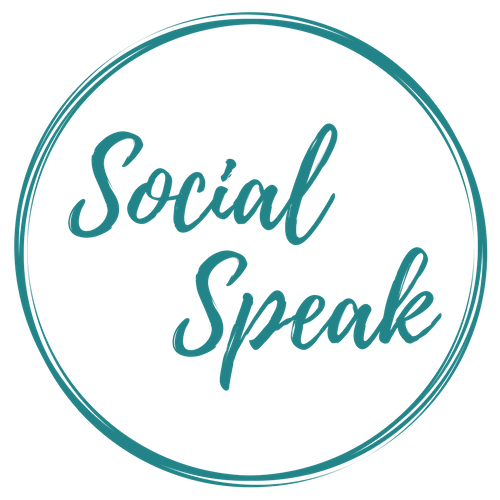This article was originally published on Moz.com.
What is on-site SEO?
On-site SEO (also known as on-page SEO) is the practice of optimizing elements on a website (as opposed to links elsewhere on the Internet and other external signals collectively known as “off-site SEO“) in order to rank higher and earn more relevant traffic from search engines. On-site SEO refers to optimizing both the content and HTML source code of a page.
Beyond helping search engines interpret page content, proper on-site SEO also helps users quickly and clearly understand what a page is about and whether it addresses their search query. In essence, good on-site SEO helps search engines understand what a human would see (and what value they would get) if they visited a page, so that search engines can reliably serve up what human visitors would consider high-quality content about a particular search query (keyword).
The ultimate goal of on-site SEO can be thought of as attempting to make it as easy as possible for both search engines and users to:
- Understand what a webpage is about;
- Identify that page as relevant to a search query or queries (i.e. a particular keyword or set of keywords);
- Find that page useful and worthy of ranking well on a search engine results page (SERP).
Keywords, content, and on-site SEO
In the past, on-site SEO has been synonymous with keyword use — and specifically, including a high-value keyword in several key locations on a website.
To understand why keywords are no longer at the center of on-site SEO, it’s important to remember what those terms actually are: content topics. Historically, whether or not a page ranked for a given term hinged on using the right keywords in certain, expected places on a website in order for search engines to find and understand what that webpage’s content was about. User experience was secondary; simply making sure search engines found keywords and ranked a site as relevant for those terms was at the heart of on-site SEO practices.
Today, though, search engines have grown exponentially more sophisticated. They can extract a page’s meaning from the use of synonyms, the context in which content appears, or even just by paying attention to the frequency with which specific word combinations are mentioned. While keyword use still matters, prescriptive methods like using an exact-match keyword in specific locations a requisite number of times is no longer a tenant of on-page SEO. What is important is relevance. For each of your pages, ask yourself how relevant the content is to the user intent behind search queries (based on your keyword usage both on the page and in its HTML).
In this way, on-site SEO is less about keyword repetition or placement and more about understanding who your users are, what they’re looking for, and about what topics (keywords) can you create content that best fulfills that need. Pages that meet these criteria have content that is:
- In-depth.“Thin” content was one of Google Panda’s specific targets; today it’s more or less assumed that content must be sufficiently thorough in order to stand a good chance at ranking.
- User-friendly. Is the content readable? Is it organized on your site in such a way that it’s easily navigable? Is it generally clean, or littered with ads and affiliate links?
- Unique. If not properly addressed, content duplicated from elsewhere on your site (or elsewhere on the Internet) may impact a site’s ability to rank on SERPs.
- Authoritative and trustworthy. Does your content stand on its own as a reliable resource for information on a particular topic?
- Aligned with user search intent. Part of creating and optimizing for quality content is also delivering on searcher expectations. Content topics should align with the search queries for which they rank.
Non-keyword-related on-site SEO
Beyond the keywords (topics) used in content on a webpage and how they’re discussed, there are several “keyword-agnostic” elements that can influence a page’s on-site optimization.
Those include things like:
- Link use on a page: How many links are there? Are they internal or external? Where do they point to?
- Page load speed
- Use of Schema.org structured data or other markup
- Page URL structure
- Mobile friendliness
- Page metadata
All of these elements tie back to the same basic idea: creating a good user experience. The more usable a page is (from both a technical and non-technical perspective), the better that page’s on-site optimization.
How do you optimize a page?
Fully optimizing a page on your website requires both text- and HTML-based changes. Check out this article for more information on the on-site factors that contribute to ranking, and how you can improve your own website pages.




